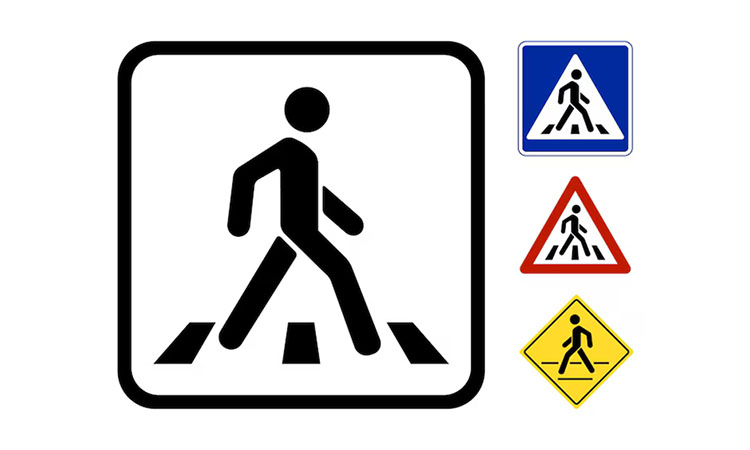News Flash

By Syed Altefat Hossain
DHAKA, Sept 8, 2025 (BSS) - As the government moves forward with drafting a new law to ensure safe roads for all commuters, an eminent road transport expert has called for making the proposed legislation comprehensive, fully aligning with the globally recommended 'Safe System Approach'.
The initiative to frame the 'Road Safety Act' began in January last year (2024), with the aim of adopting the UN-endorsed Safe System pillars - safe roads, safe vehicles, safe speeds, safe road users, and effective post-crash response. According to officials, the proposed law remains at the drafting stage.
An official involved in the process said the move was taken in response to longstanding demands from stakeholders for a standalone road safety law, since the existing Road Transport Act (RTA) of 2018 left several crucial issues unaddressed.
Explaining the progress, the official said a sub-committee prepared a draft and submitted it to the Road Transport and Bridges Ministry. The draft will now be reviewed chapter by chapter by the ministry's main committee headed by an Additional Secretary.
He said one meeting of the committee has already been held after submission, while at least five to six more discussions are expected before the draft goes to inter-ministerial review and then to the cabinet for approval.
Statistics of the road fatalities in the country also underline the urgency of such a law. According to Bangladesh Road Transport Authority (BRTA), 5,856 road crashes claimed 5,840 lives in 2024, up from 5,024 in 2023. In just the first six months of 2025, at least 2,943 fatalities have already been recorded. Transport economists estimate road crashes cost Bangladesh about 3 percent of its GDP annually.
Against this backdrop of rising fatalities, Shariful Alam, Country Coordinator of the Global Health Advocacy Incubator (GHAI), who has long been working on the issue, urged that the proposed law must address the gaps left by existing laws and policies.
"Road crashes are one of the leading causes of deaths and injuries in Bangladesh and those impose a major burden on the health and economy of the country. But currently, the country lacks dedicated legislation that comprehensively addresses road safety measures," he said.
He added: "Thus, there is an urgent need to formulate a law that would cover comprehensive road safety measures, especially evidence-based on the key behavioral risk factors - speeding, drunk driving, and non-use of helmet, seatbelt and child restraint system."
Although Bangladesh enacted the RTA-2018 in response to student protests demanding safe roads, Alam said the act mainly focuses on regulating transport and vehicles.
The RTA 2018, however, does not adequately safeguard the rights of vulnerable groups such as pedestrians, cyclists, people with disabilities, and children.
Alam also said that existing laws lack provisions for post-crash response, a central area of action under the UN Global Plan for Road Safety. There are no clear procedures for conducting standardized crash investigations or for accurately recording road deaths, he said, urging that these aspects be incorporated in the new law.
To meet the SDG targets 3.6 and 11.2 as well as the UN Global Plan target of halving road traffic deaths and injuries, Alam said Bangladesh must urgently reduce fatalities and serious injuries from road crashes.
Currently, Bangladesh has no legislation that integrates all five action areas recommended by the Global Plan-multi-modal transport and land use planning, safe infrastructure, safe vehicles, safe road use, and post-crash response.
Therefore, Alam suggested the government frame the new law in a way that ensures sustained reductions in road traffic deaths and injuries.
Urging the government to accelerate the process, he emphasized that the legislation must adopt evidence-based measures under the Safe System Approach, covering all five areas recommended in the Global Plan for Road Safety.
"The new law must also reflect global best practices," Alam stressed, saying, maximum speed limits should be set in line with international standards.
He further suggested that the law should empower local authorities to lower speed limits depending on local conditions, while blood alcohol concentration (BAC) limits for drivers should also align with global best practices to reduce fatalities and injuries from drunk driving.
Mandatory use of child restraint systems in motor vehicles must also be incorporated in the new law, Alam added.
The law should make helmets compulsory for both drivers and pillion riders, specify proper strapping helmets, and define helmet quality standards in line with UN-recognized benchmarks, he recommended.
Finally, Alam said the law must make seatbelt use mandatory for all drivers and passengers of motor vehicles.